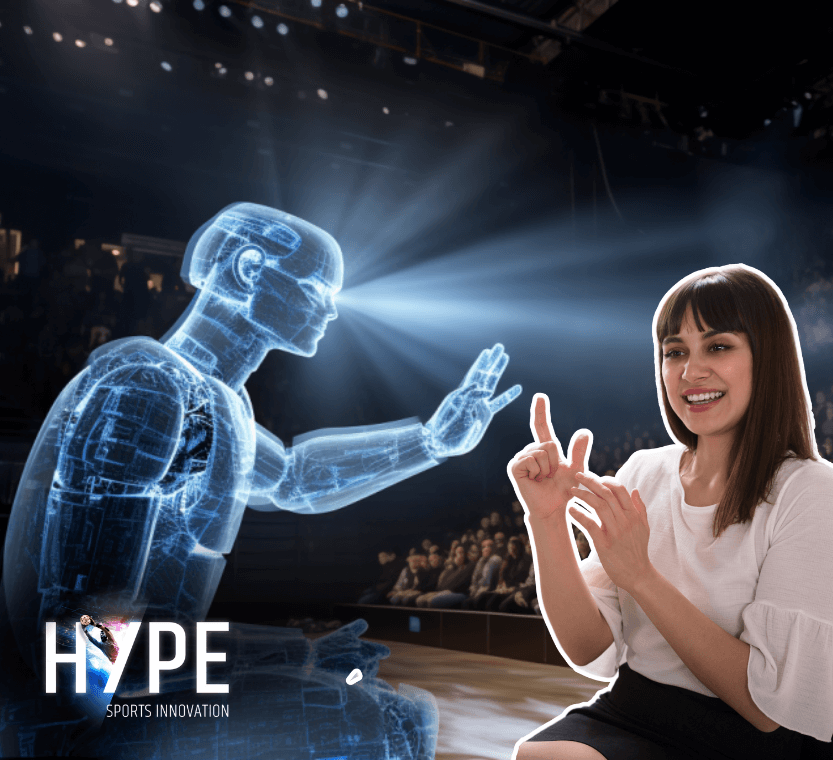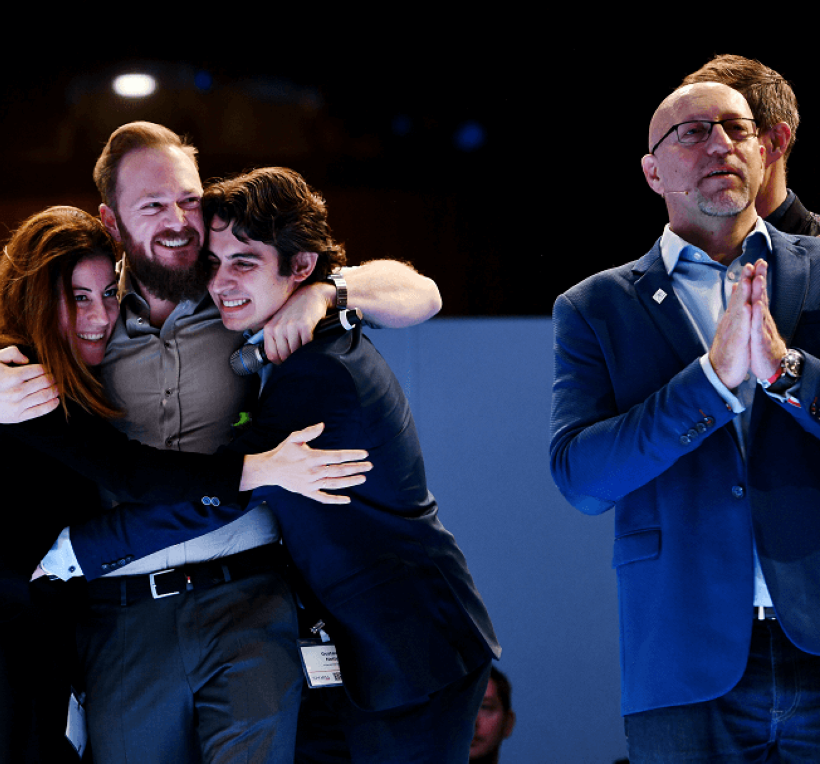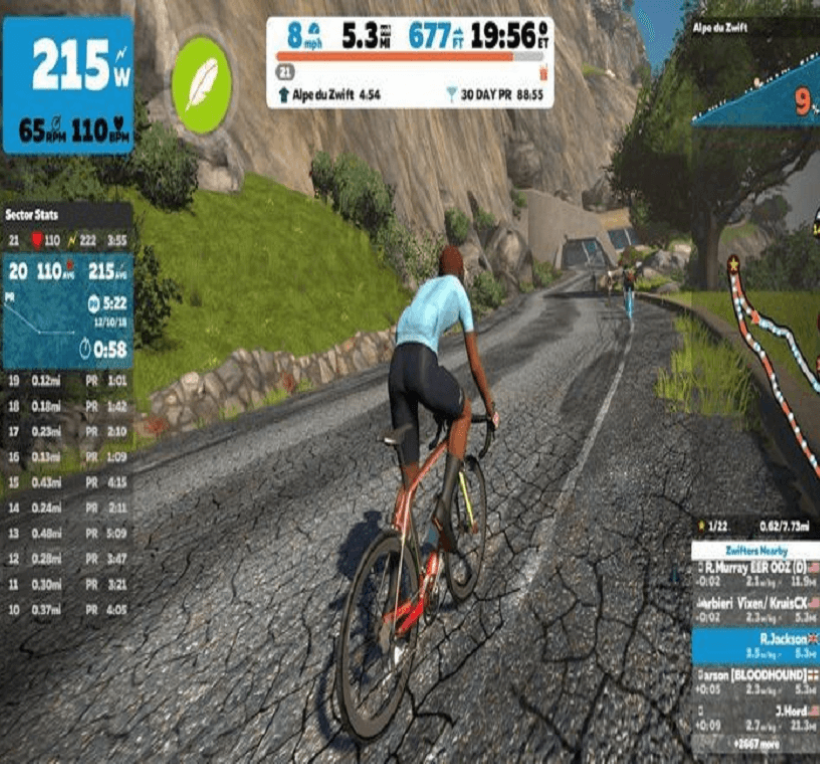

Empowering AI Accessibility in Sports Broadcasting
SPORTS INDUSTRY INSIGHTS – 4 MINUTE READ

KEY POINTS:
- Global Sports Media Boom: The sports industry is experiencing unprecedented growth. Online live sports streaming alone was valued at $18.11 billion in 2020 and is expected to reach $87.33 billion in 2028.
- Deaf Population’s Challenge: Approximately 70 million deaf individuals worldwide yearn to enjoy sports broadcasts. However, they face obstacles due to the diversity of sign languages and literacy challenges.
- AI’s Promise: Artificial Intelligence (AI) emerges as the hero of our story, offering a solution to bridge the accessibility gap. By translating spoken language into sign language in real-time, AI is changing the game and ensuring that sports content is universally accessible.
The International Accessibility Day:
September 23 is a significant day—the International Day of Sign Languages, as proclaimed by the United Nations in 2017. It serves as a reminder of a profound aspiration: a world where media and tech products are accessible to everyone, regardless of their disabilities. This dream extends to the realm of sports, where we envision a day when all deaf individuals can enjoy live sports streams with ease.
With a shortage of interpreters and hundreds of distinct sign languages worldwide, true universal accessibility remains a challenge. This article delves into the latest AI technology dedicated to this mission, inviting you to explore these advancements and join the quest to break down barriers.
The Global Sports Media Boom:
Sport holds a special place in human culture. From the ancient Olympics to the modern-day spectacle, it has channeled the competitive spirit into non-violent forms, uniting people worldwide. Research and Markets report that the global sports market grew from $486.61 billion in 2022 to $512.14 billion in 2023, with further growth projected to reach $623.63 billion by 2027.
This growth outpaces the global economy, underlining the enduring popularity of sports. Online live sports streaming alone was valued at $18.11 billion in 2020 and is expected to reach $87.33 billion in 2028. Even U.S. TV ad revenues, where sports accounts for only 2.7% of content, rely heavily on live sports programming, with 31% attributed to it.
The Accessibility Challenge:
However, amidst the fervor of sports, a significant portion of the global population is left underserved. According to UN data, there are approximately 70 million deaf individuals worldwide. This challenge is escalating, with the World Health Organization projecting that by 2050, a quarter of all humans—2.5 billion people—will experience some degree of hearing loss.
While many sports broadcasts offer subtitles, a substantial portion of the deaf population faces literacy challenges. Live sign language interpreters are a valuable resource, yet a daunting problem looms—there are over 300 different sign languages, most of which are mutually unintelligible. Employing 300 interpreters to make broadcasts globally accessible is impractical. So, what if we enroll the use of AI?
Breaking the Barriers with AI:
Recent advancements in computer vision, speech recognition, neural networks, machine learning, and AI have rekindled hope for direct translation from spoken to sign languages. Leading the way are 3D avatars that visualize sign language gestures and emotions based on speech and other data inputs.
NHK broadcast corporation in Japan pioneered translating sports data, such as players’ names and scores, into sign language, expressed by animated avatars. Other projects, like Lenovo and Brazilian Innovation Hub CESAR, focus on AI-driven sign language translation for hearing individuals. Educational tools like SLAIT are revolutionizing ASL learning, while startups like Signapse aim to translate text into sign language through AI.
The Path Forward: Challenges and Opportunities:
To fulfill the vision of real-time, universal accessibility, we must expand support for numerous sign languages and reduce translation time gaps. Achieving these tasks is no small feat. Expanding language support involves developing extensive databases of gestures and facial expressions. Solutions may require significant infrastructure and innovative speech recognition techniques.
Beyond equality, this endeavour promises to unlock new audiences and sponsorship opportunities. Major players like Google’s investment in sign language interpreters hint at an impending breakthrough. As we navigate the challenges ahead, let us remember the priceless impact on millions of lives and the win-win potential for all stakeholders.
Join the Conversation:
We invite you to share your thoughts and insights on AI-driven accessibility in sports broadcasting. HYPE Sports Innovation is proud to be working with numerous global broadcasting brands to identify and implement new innovations to create a better viewing experience, learn more here and let’s work together to achieve this important goal.
Stay tuned for more.




Comments